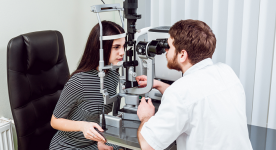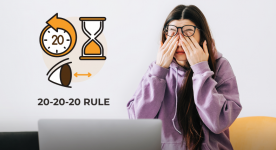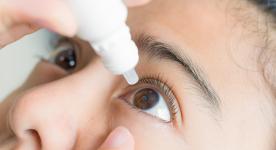What we talk about when we talk about dry eye
Have you ever felt your eyes burning while using the laptop? Do you have an itchy feeling and blurred vision after a long working day? If you said YES, you are probably suffering from dry eye disease (DED).
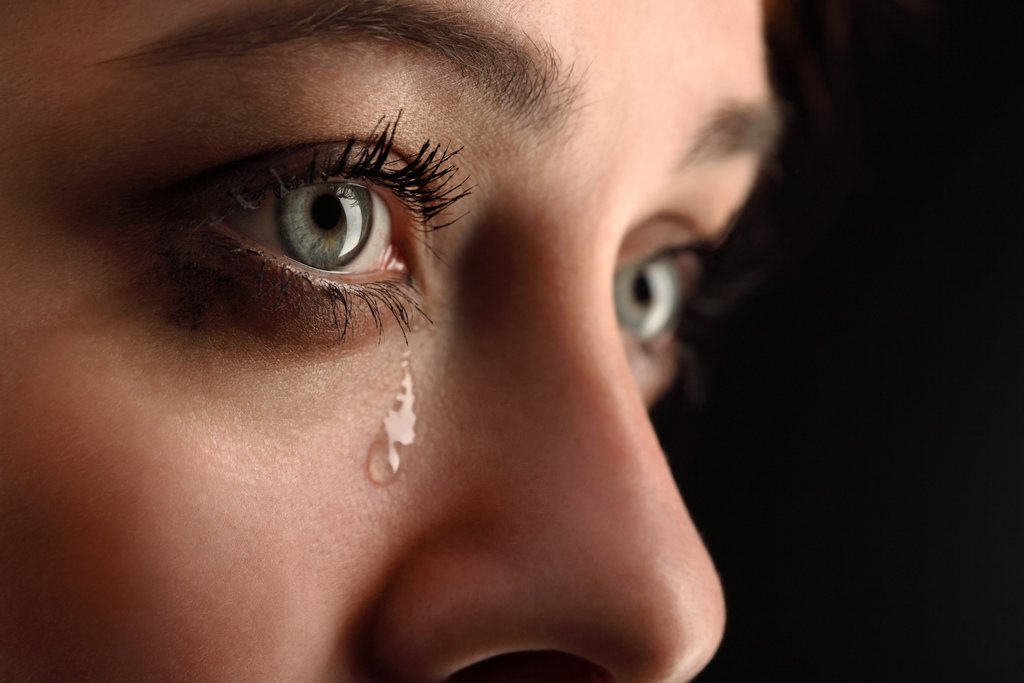
This is a very common disease, which affects hundreds of millions of people around the world. So, what exactly is DED? Does DED affect women more than men? And does everyone have the same kind of DED? Let’s start from the basics.
What exactly is DED?
The most important feature of DED is the “unstable tear film”.1 You may have DED because your eyes cannot produce enough tears in a desirable quantity or quality. As a result, the tear film cannot maintain normal function and the eyes are exposed to harmful factors.1-3
The symptoms of DED may vary from heavy eyelids, dryness, itching, irritation to blurred vision, tearing, blinking more frequently, or redness.2-3 Finally, untreated DED could lead to eye damage.1
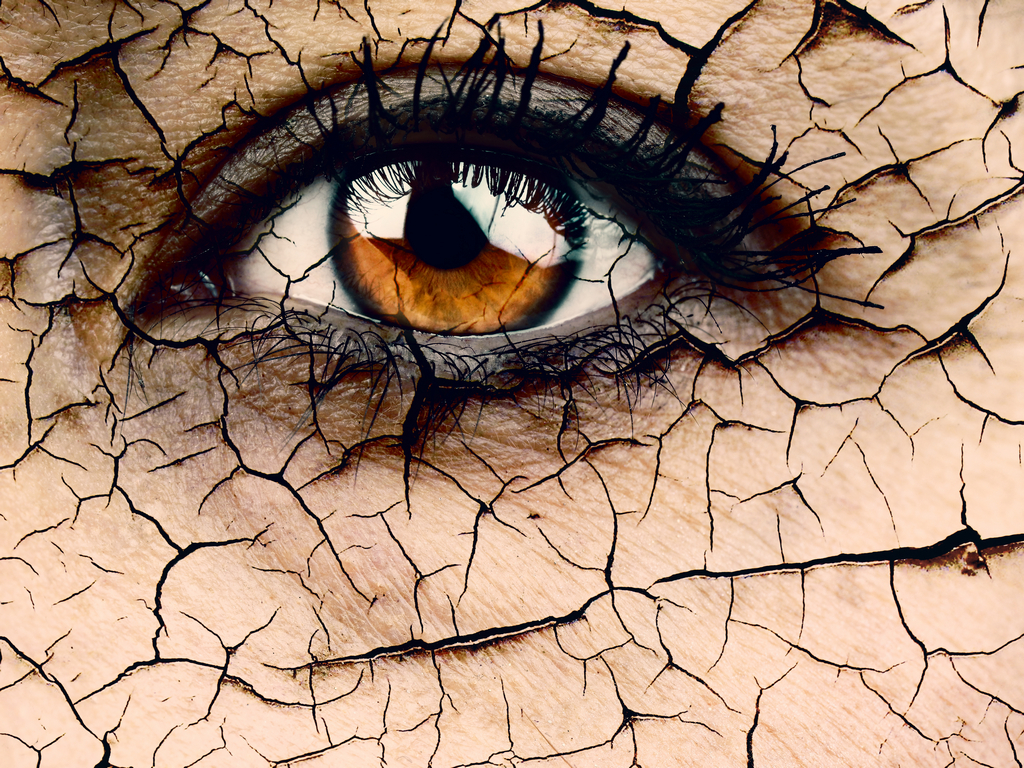
- Dry eyes. Mayo Clinic. https://www.mayoclinic.org/diseases-conditions/dry-eyes. Last accessed August 25, 2019.
- Facts About Dry Eye. The national eye institute. https://nei.nih.gov/health/dryeye/dryeye. Last accessed August 25, 2019.
Does DED affect women more than men?
Women have a higher risk of developing DED than men, and it is likely that postmenopausal women have greater risk than the others.1 Overall, the chance of you having DED with recognizable symptoms is 9.0% - 14.8%, and the risk increases as we get older.2

Does everyone have the same kind of DED?
It’s not necessarily true. There are two main types of DED:3-8
Evaporative dry eye, which is due to excessive water loss, leading to dryness of the eye surface.
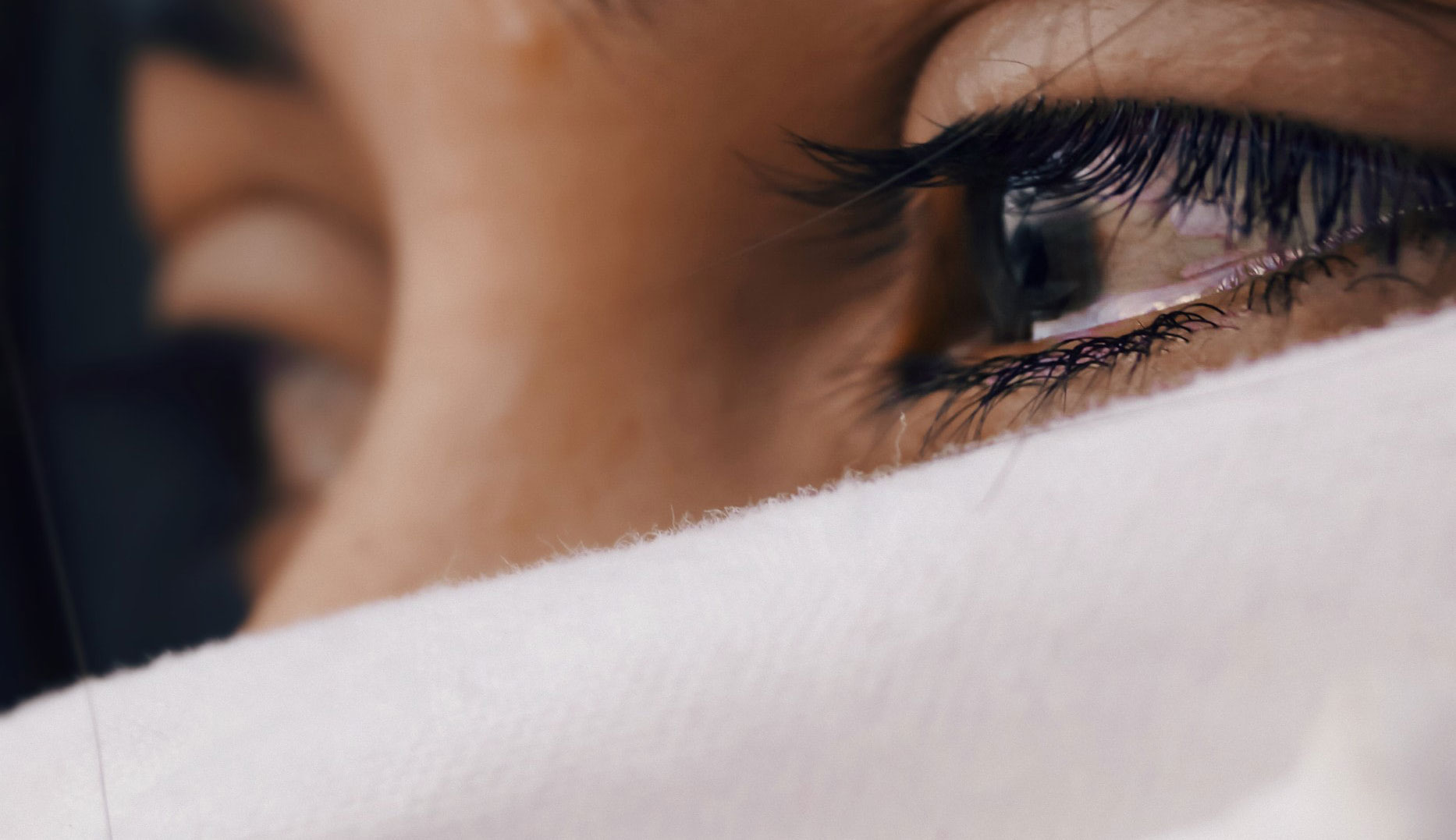
Aqueous deficient dry eye occurs because of decreased fluid production to cover the eye surface.

- Farrand KF, et al. Prevalence of Diagnosed Dry Eye Disease in the United States Among Adults Aged 18 Years and Older. Am J Ophthalmol. 2017 Oct;182:90-98. doi: 10.1016/j.ajo.2017.06.033. Epub 2017 Jul 10. https://www.ncbi.nlm.nih.gov/pubmed?term=28705660
- Tan LL, Morgan P, Cai ZQ, Straughan RA. Prevalence of and risk factors for symptomatic dry eye disease in Singapore. Clin Exp Optom. 2015 Jan;98(1):45-53. doi: 10.1111/cxo.12210. Epub 2014 Sep 30. https://www.ncbi.nlm.nih.gov/pubmed/25269444
- Suvarna P. Phadatare, et al. A Comprehensive Review on Dry Eye Disease: Diagnosis, Medical Management, Recent Developments, and Future Challenges. Advances in Pharmaceutics. http://dx.doi.org/10.1155/2015/704946
- Dry eyes. Mayo Clinic. https://www.mayoclinic.org/diseases-conditions/dry-eyes. Last accessed August 25, 2019.
- Facts About Dry Eye. The national eye institute. https://nei.nih.gov/health/dryeye/dryeye. Last accessed August 25, 2019.
- C Stephen Foster. Dry Eye Disease (Keratoconjunctivitis Sicca). Medscape. Last accessed August 25, 2019.
-
- Li DQ1, Chen Z, Song XJ, Luo L, Pflugfelder SC.
- The definition and classification of dry eye disease: report of the Definition and Classification Subcommittee of the International Dry Eye WorkShop (2007). Ocul Surf. 2007 Apr;5(2):75-92. https://www.ncbi.nlm.nih.gov/pubmed?term=17508116
Five‐item Dry Eye Questionnaire (DEQ-5).
관련 게시물
Five‐item Dry Eye Questionnaire (DEQ-5).







